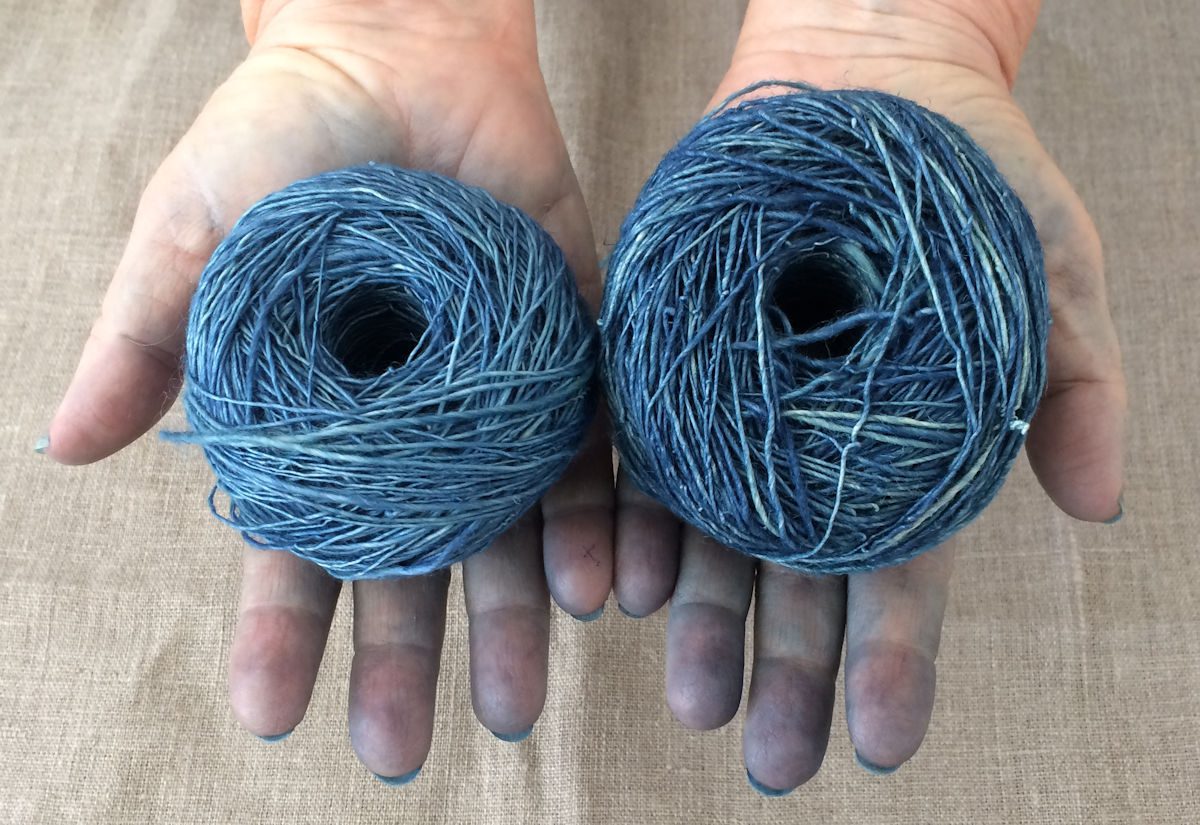My new Brother Electric Drum Carder arrived a few days ago. I am so thrilled with it. Now I am able to blend colours and different fibres to make wonderful roving and art batts, using the wide variety of plant fibres that I have on hand.
I discovered as I was spinning some of these Spin Flora vegan fibres, that they are a bit easier to spin when there is a blend of different fibres. On their own, they can be quite slippery to spin, but mixing them into a blend, spinning is more manageable. I suppose the different fibres create a bit of friction between them, helping the fibres stay together better.
The first blend that I made was a combination of Dyed Bamboo Top, Soyabean roving and Pearl Infused Cellulose. After carding, I made these into small punis. If you are having trouble spinning vegan based fibres with a worsted draw, try rolling the fibre into a puni and spinning it from the end. This will create more of a woollen type of yarn, as the fibres are criss crossing each other. This also creates a softer and loftier yarn as there is more air space between the fibres.
I am spinning some of this fibre into a singles now, and will be Navajo plying it, to also give the yarn more texture.
For my second special fibre blend, I took inspiration from the flowers that are in bloom in my garden. A small patch of Orange Nasturtiums and Hot Pink Petunias combine to create a summery yarn.
This carded batt uses both commercially dyed Bamboo, hand dyed Soya silk (that I dyed with Earth friendly acid dyes) and some Tencel.
If you would like to try making your own flora blend yarns, you can find the fibres in my Web Shop.
I will also be creating more one-of-a-kind fibre blends that you can find in my online shops on Etsy, Folksy and Artyah.
Spin Flora on Etsy
Paivatar on Folksy
Spin Flora on Artyah.
If you would like to keep in touch to find out more about my latest yarn projects, please Like and Follow me at Spin Flora on Facebook

















